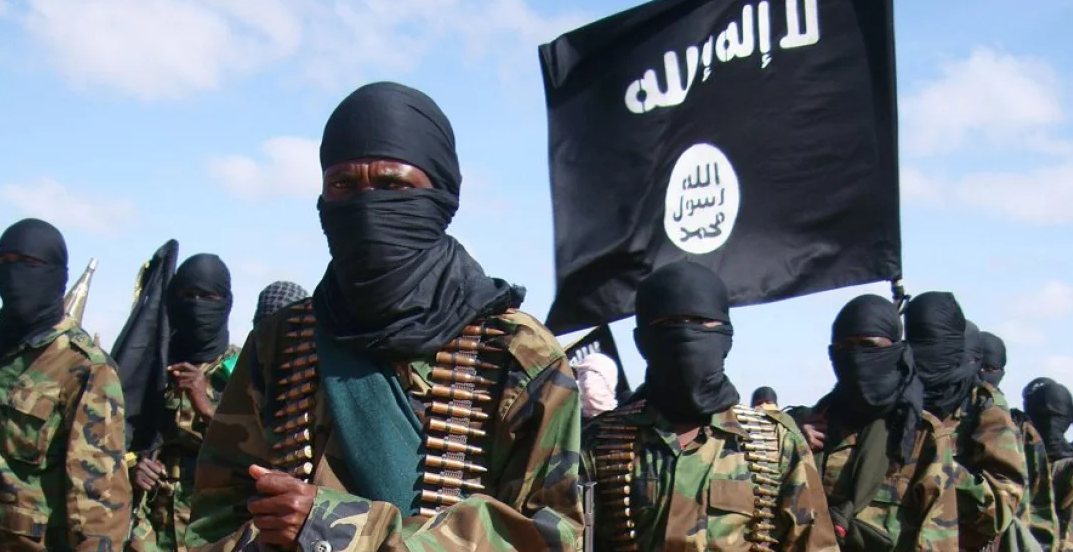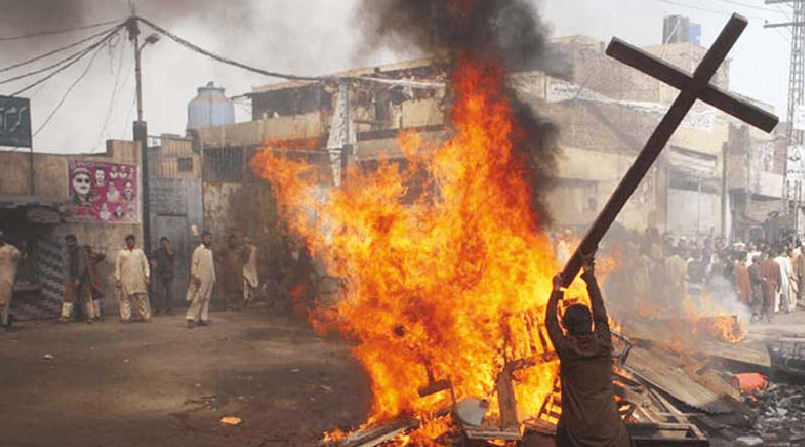Related Stories
The savage executions of medieval type have no end in Saudi Arabia under the orders of Crown Prince Mohammed bin Salman, with activists describing the dozens of daily beheadings and crucifixions as a “merciless orgy of killings.”
The Saudi authorities have executed hundreds of people since the crown prince’s tenure began in 2015.
Amnesty International, unable to react, speaks of the kingdom’s chilling indifference to the right to life and freedom.
Bin Salman’s promise to restrict death sentences, their number has nearly doubled since he ascended to the throne, according to the NGO Reprieve.
The numbers speak for themselves: from 2010 to 2014, there were an average of 70.8 executions per year, but from 2015 to 2022, executions soared to 129.5 per year – an increase of 82%.
Last year, 172 people were executed, despite Bin Salman’s new pledges to limit death sentences.
Saudi Arabia even beheaded 81 individuals in a single day in March 2022, as part of the 193 executions carried out in the country – despite authorities stating there were only 147.
The majority of state executions in Saudi Arabia continue to be carried out by beheading with a sword, crucifixion, and stoning.
Beheadings are conducted only by Saudi Arabia and the Taliban and can be used for various crimes such as murder, apostasy (abandonment of Islam), homosexuality, sorcery, or waging war against God.
The death penalty is traditionally carried out in public squares on Fridays after prayers to attract crowds and serve as a deterrent.
Saudi state executioner Mohammed Saad al-Beshi had previously described in detail how these brutal killings are carried out, most often with one of his swords and sometimes with a gun.
Saudi Arabia executes 7 men in largest execution in years pic.twitter.com/xC7BidmQK5— Gazi Tahir (@GaziTahir72) February 28, 2024
It’s terrifying that those who are beheaded are not anesthetized at all – but al-Beshi claimed that if he does his job right, those facing him won’t suffer for long.
“If I allow myself to feel mercy or compassion for the person I am executing, they won’t die with the first blow. They will suffer. If my heart is compassionate, my hand fails. It may take two, three, four, or even five blows. God knows how many. They may not die at all,” the executioner had said in an interview with a Lebanese television channel.
Mykonos: Disputes, quarrels and court cases between businessmen at the start of the new season
The 62-year-old said that he had to behead some of his friends in the past but coldly stated that ‘they brought it upon themselves.’
He said that when prisoners reach the execution square – which is located in the center of the capital Riyadh and locally known as Chop Chop Square – ‘their strength is exhausted before they are beheaded.’
Al-Beshi also said that he performs amputations of limbs, a punishment prescribed by the Quran for thieves. He cuts off a hand or a hand and a foot, for which the convicted person receives only local anesthesia. ‘I use a special sharp knife, not a sword. When I cut off a hand, I cut it from the joint. If it’s a foot, the authorities determine the point of amputation.’
The executioner is the father of seven children and often involves his family in his ‘work,’ asking his children to choose the sword he will use.
He said he is proud that his son is following in his footsteps as he is being trained to become the next executioner, something he himself did when he took over the position left by his own father.
Al-Beshi told Arab News about his first execution in 1998, for which he used his father’s sword: ‘The criminal was bound and blindfolded. With one blow of his sword, I cut off his head. The head rolled meters away. Many people faint when they watch an execution. I don’t know why they come and watch if they don’t have the stomach to bear it.’
He admitted that he himself fainted when he saw his first execution as a young child. ‘The first thing that came to mind when people talked about executions was the stomach. I wanted to see it. So I came, and when my father executed the man, I ran to see the stomach, but all I could see was the man’s head flying, and where his neck was, there was a kind of well. It went down,’ he said, adding that this was the last thing he remembered before fainting.
‘I woke up in the car on the way home. That night I tried to sleep, but I couldn’t. I had nightmares, but only once. After that, I got used to it.’







































